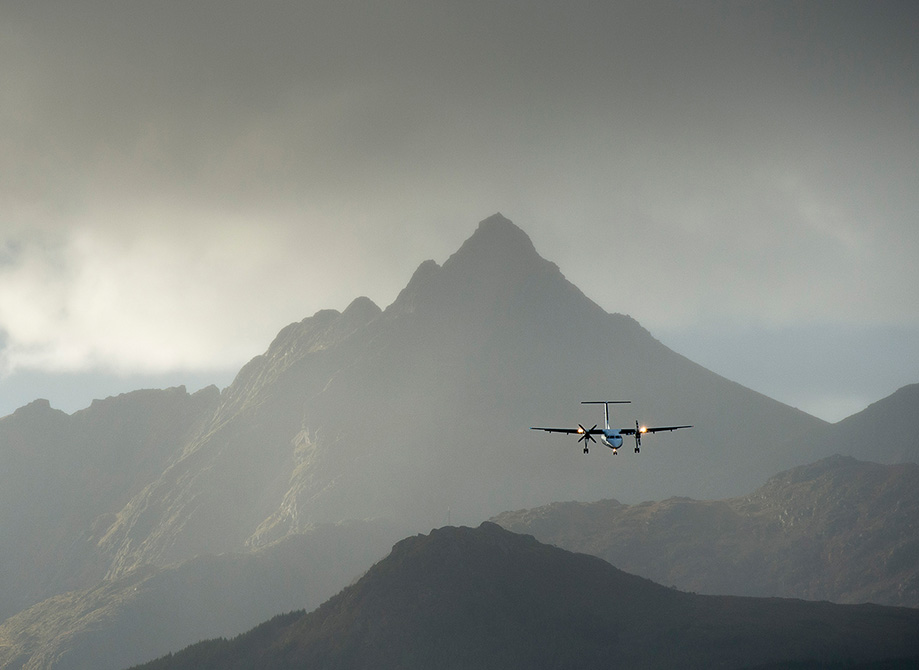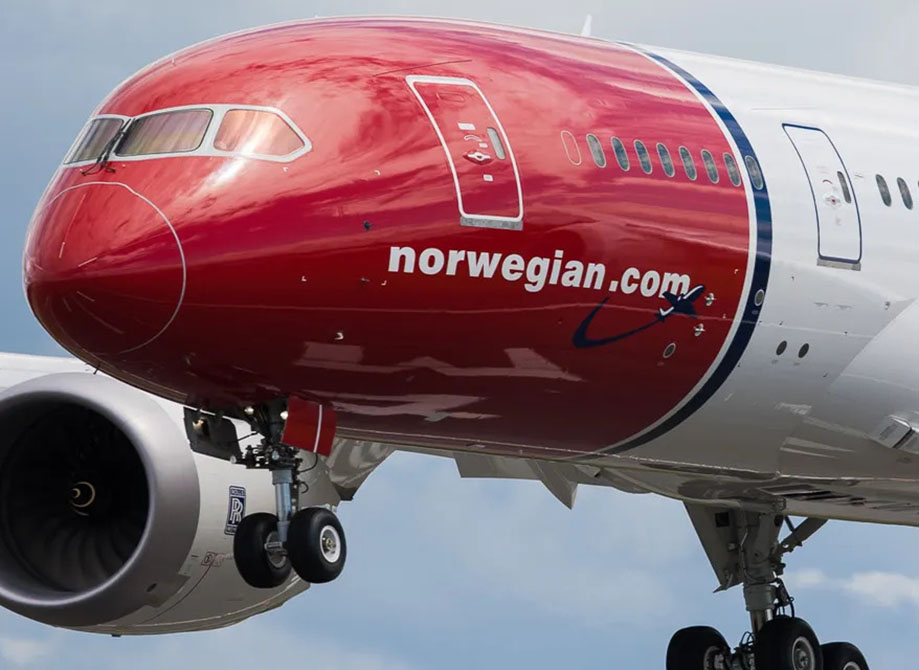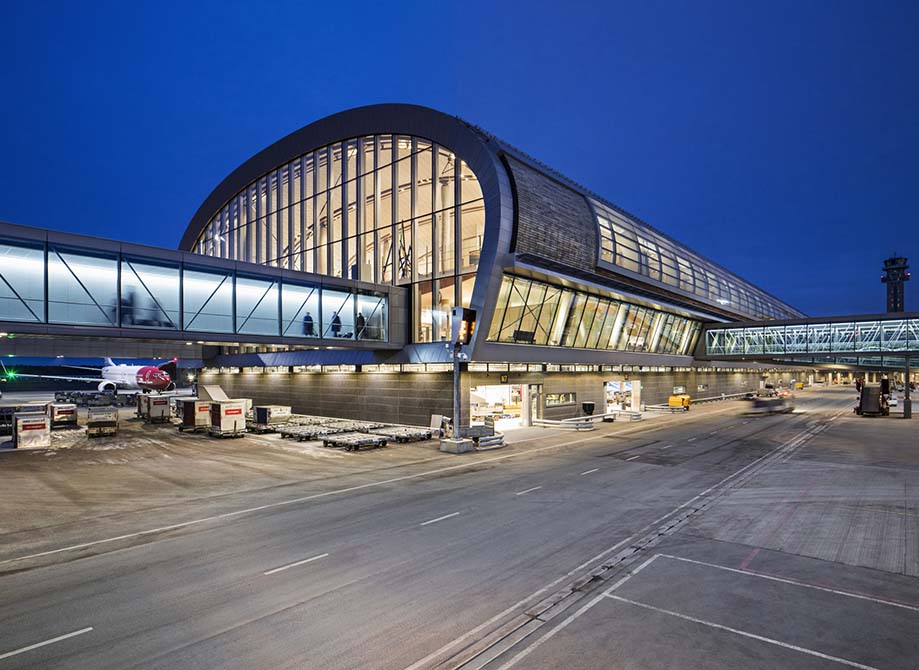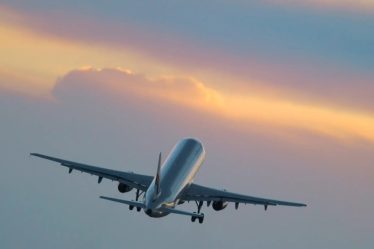
When I planned my trip to Norway, I knew it wouldn’t be a cheap destination. Known for its stunning natural landscapes, charming cities, and incredible fjords, Norway is also famous for high living costs. So, to balance my travel budget, I decided to fly in with a budget airline. I’ve flown low-cost carriers across Europe before, but this trip taught me quite a few valuable lessons. Whether you’re flying to Oslo, Bergen, or even Tromsø, these tips will help you make the most of your budget flight to Norway.
In this post, I’ll walk you through everything I learned about navigating budget airlines to Norway—from luggage dos and don’ts to timing your flights wisely and understanding airport locations that can make or break your arrival experience.
Choosing the Right Budget Airline: What I Considered
There are quite a few budget airlines flying into Norway, including Norwegian Air Shuttle, Ryanair, Wizz Air, and sometimes easyJet depending on your departure country. I compared all of them using flight aggregators like Skyscanner and Google Flights, but I didn’t just go for the cheapest fare. Here’s what I paid attention to:

- Departure and arrival times (early morning flights were often cheaper but meant more stress getting to the airport)
- Arrival airport (some are far from city centers, especially with Ryanair)
- Baggage policies (often the real kicker)
I ended up booking a one-way flight with Norwegian Air from Berlin to Oslo, and my return was with Ryanair from Oslo back to London. Each airline had different pros and cons, which I’ll get into below.
Luggage: The Real Hidden Cost of Budget Flights
Here’s the honest truth: I’ve paid more for bags than tickets. Many budget airline websites advertise fares as low as €20–€50, but as soon as you add a carry-on bag or checked luggage, the price doubles—or worse.
What I learned about packing:
- Know the exact size and weight restrictions.
For example, Ryanair allows one small personal bag (40 x 20 x 25 cm) for free. If you want to bring a larger cabin bag, you’ll need to pay for Priority Boarding or checked luggage. Norwegian Air offers a bit more flexibility with their “LowFare” ticket, allowing a small carry-on plus a personal item, but they strictly weigh bags at check-in. - Pack strategically.
I traveled with a 10kg cabin backpack, rolled my clothes, and used compression packing cubes. Wearing my bulkiest items (jacket, boots) saved space. I also packed lightweight merino wool layers, which are warm but compact. - Avoid last-minute upgrades.
Buying baggage at the airport costs more than double compared to online booking. I once had to pay €55 just to add a cabin bag because I thought “I’ll decide later.” That mistake hurt. - Stick to essentials.
Norway is a place where you’ll likely be doing lots of walking or hiking, so pack multi-purpose gear. One good pair of shoes, one thermal layer, and travel-sized toiletries were enough for me.
Timing: When and How to Book Cheap Flights
The timing of your booking can dramatically affect your flight cost. From my experience, here’s what worked best:
Book Early, but Not Too Early
I found the best prices 4 to 6 weeks in advance. Anything earlier seemed to have more expensive “base” fares, and anything later got snapped up quickly. Tools like Google Flights’ “Price Graph” helped me track trends.
Fly on Tuesdays or Wednesdays
Flying mid-week always yielded better prices. My flight to Oslo was on a Tuesday afternoon, and I saved around €45 compared to the same route on a Friday.
Avoid Holiday Periods
Even budget airlines raise their prices significantly around school breaks or public holidays. Since my trip was during a low season, I benefited from less demand and smaller crowds—highly recommended if you’re flexible.
Airports: Where You Land Really Matters
Budget airlines often don’t fly into main airports. I learned this the hard way when I landed at Oslo Torp Airport (TRF) instead of Oslo Gardermoen (OSL).
Know Which Airport You’re Booking
Norway has several “Oslo” airports:
- Oslo Gardermoen (OSL): The main airport, 47 km from the city, with fast train access.
- Oslo Torp (TRF): Used by Ryanair and Wizz Air. It’s over 110 km from Oslo and requires a bus transfer.
- Oslo Rygge (RYG): Now closed to commercial traffic, but used to serve low-cost airlines.
I didn’t realize I had booked Torp until after purchase. The bus from Torp to Oslo took about 1 hour 45 minutes and cost me NOK 299 (around €25). That basically erased the savings from my “cheap” flight.

Tip: Always calculate the real cost of the airport
When comparing flights, I now add the cost of transportation to/from the airport. A €20 flight with a €25 bus is not better than a €60 flight to the main airport.
Bergen and Tromsø Airports
For my domestic flight to Tromsø, I flew from Oslo Gardermoen. Norway’s regional airports are generally well-organized and on time. Tromsø Airport (TOS) was small but efficient, and I could walk to my accommodation in 20 minutes.
Boarding & In-Flight Experience: Expect the Bare Minimum
Flying with budget airlines to Norway is perfectly manageable, but you need to lower your expectations. Here’s what my experience was like:
- Check-in process: Efficient if you do it online. Ryanair can charge a fee if you check in at the airport.
- Seats: Tight legroom (especially on Ryanair), but bearable for flights under 3 hours. Norwegian’s aircraft were more spacious.
- Food & drinks: Nothing is free. Bring your own water and snacks. Prices onboard are steep—€3 for coffee, €7–10 for a sandwich.
- Entertainment: None. Norwegian offers Wi-Fi on some routes, but don’t count on it.
Still, if you plan ahead and come prepared, you’ll survive just fine.
Pro Tips for First-Time Budget Flyers to Norway
Here are some final tips that helped me make the most of my trip:
- Bring an empty water bottle. Norway has excellent tap water, and all airports had refill stations.
- Use airline apps. For check-in, boarding passes, and gate updates.
- Print a backup boarding pass. Just in case your phone dies or app fails.
- Arrive early. Budget airline gates close earlier than standard airlines—usually 30–40 minutes before departure.
- Know local transit schedules. Especially if arriving late. I almost missed the last bus from Torp.
Is It Worth It?
Absolutely—if you plan smartly. Flying budget airlines to Norway helped me save hundreds of euros, which I later spent on unforgettable experiences: a peaceful fjord cruise through glassy waters, hearty local meals like reindeer stew and freshly smoked salmon, and cozy boutique accommodations nestled in snow-dusted towns. Those savings made the difference between a basic trip and a richly memorable one.
But here’s the thing—the budget ticket price is only the beginning. If you don’t read the fine print or calculate the total journey, those “cheap” flights can turn expensive fast. I learned that lesson after accidentally booking a flight to Oslo Torp instead of the main Oslo Gardermoen Airport. The added transfer cost and travel time nearly canceled out the low fare I’d scored. The same goes for luggage. A slightly overweight bag can cost you more than the ticket itself if you’re not careful.
Still, knowing these pitfalls—and how to avoid them—makes flying budget airlines to Norway an excellent choice. Would I do it again? Definitely. But next time, I’ll book earlier, double-check airport codes, and weigh my bag down to the gram before I leave home. I’ve also started using apps that compare total travel costs, including airport transfers, so I can make smarter decisions—not just cheaper ones.
What continues to amaze me is how Norway rewards the traveler who gets there, no matter how they arrive. The moment I stood at the edge of a frozen lake in Tromsø, watching the northern lights dance in a surreal green ribbon across the sky, all the flight stress evaporated. I remember hiking through the snow-covered hills around Bergen, where silence echoed through the pine forests and the air was so crisp it felt like I was breathing something purer than oxygen.
Norway is a country that humbles you with its natural beauty. The fjords alone—with their towering cliffs and mirror-like waters—are worth any inconvenience you face getting there. Add to that the kindness of the people, the efficiency of the public transport, and the deep sense of calm you feel even in the cities, and suddenly, that tight legroom on your budget flight doesn’t seem so bad.
So if you’re planning your first trip to Norway with a budget airline, I hope my experience gives you an edge—one that helps you travel smarter, not just cheaper. Do your homework, pack light, and embrace the adventure. Because once you arrive, you’ll realize what I did: every euro you saved, every ounce you trimmed from your bag, every bus ride from a distant airport—it was all worth it.
And honestly, I’d do it again tomorrow.


